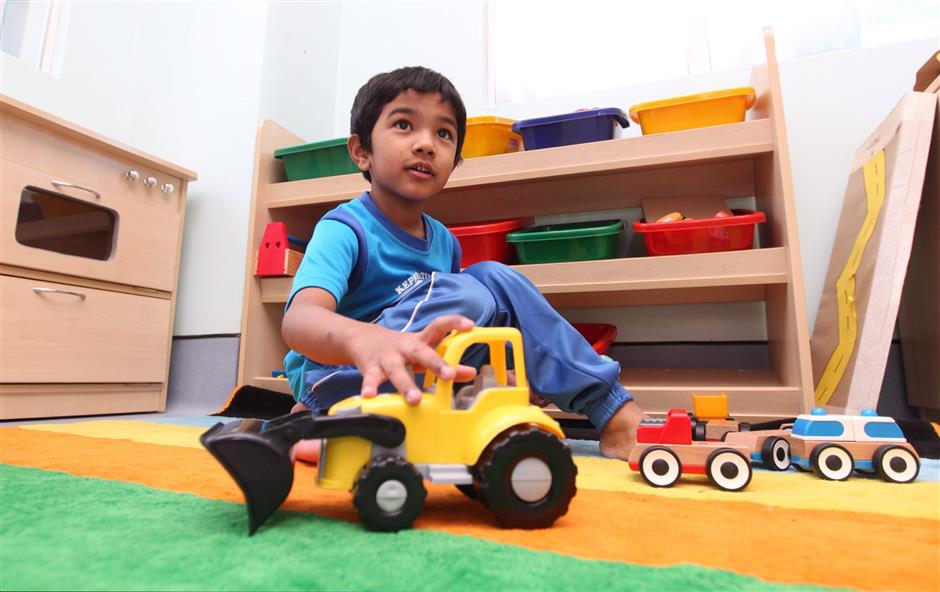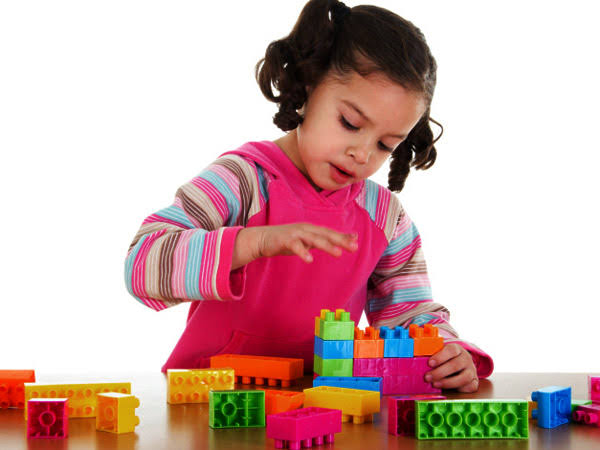
Living in a society has a set of attitudes that accompany every social interaction we have. Some of them are positive and enriching while some might be stereotyped and stigmatized. One such social stigma is related to mental health and disabilities.
The easiest way to understand stigma is when someone sees you negatively, because of your mental illness. Social stigma can make mental health problems worse and stop a person from getting the help they need.
We often see people stereotyping people with disabilities as helpless, or unable to for decisions and perspectives. They’re often presumed to have more than one disability and that they cannot care for themselves and their surroundings.
Stigma is a global issue, and numerous efforts to mitigate stigma keep happening, but here’s what we need to understand to eliminate the dark spot from our the lives of your child and the society –
Social Sigma-
Social stigma is structural in society and can create limitations for persons with mental or behavioural
dysfunction. Structural means that stigma is a belief held by a large fraction of society in which persons with
the stigmatized condition are less equal or are part of a substandard group.
In this context, stigma is rooted in the social framework to formulate inferiority. This belief system may
result in unequal access to treatment services or the creation of policies that disproportionately and
differentially affect the community. Social stigma can also cause disparities in access to other basic services
and necessities.
Self-stigma –
Another important thing that needs to be addressed is that stigma is not only held among others in society but
can also be internalized by the person with the ailment. Thus, the extended impact of social stigma can
influence one to feel guilty and inept about their condition.
Mental health conditions are pervasive around the globe and they strike with a dual whammy: not only do they
cause pain, distress, and loss, but they also trigger a reaction, and the bias that often accompanies illnesses
can be as limiting as to the condition itself.
Strategies – Mental health conditions are pervasive around the globe and they strike with a dual whammy: not only do they cause pain, distress, and loss, but they also trigger a reaction, and the bias that often accompanies illnesses can be as limiting as to the condition itself.
A few strategies for changing stigmatizing opinions can be-
- Education that replaces myths about mental illness with accurate interpretations.
- Contact which challenges social attitudes about mental illness through direct interplays with individuals who have these disabilities.
- Protest which seeks to stifle stigmatizing attitudes about mental illness.
- Accept and recognise your own mental state and identify if you need help. You can confide with your closest person. They can be anyone- a friend, your spouse, parents or any teacher or mentor.
- Being vocal and acknowledging about the contribution of importance of mental health in an individual’s total well-being.
- You can maintain a city wise/region wise directory of mental health professionals that is easily accessible by people of your area and others can keep on adding to it. It will serve as a resource guide in times of crisis.
- If the stigma has made you hesitant about stepping out in the open to seek help, consider telehealth and online therapy as an option to begin with.
Doing nothing about the mental health stigmas and the discrimination that follows is not an acceptable option anymore. What we can do is to examine our behaviour and action to assure that we do not contribute to stigmatization and lend our helping hands to those in need. Allow us to be your support in your times of struggles. Reach out for more information about our services offered.



